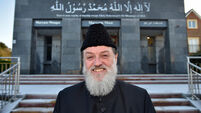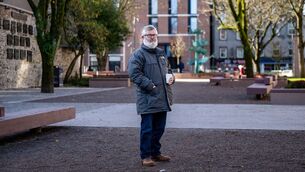Michael Moynihan: Every corner of the country should be celebrated on screen

Gemma Dunleavy at the gala preview screening of ‘North Circular’ at the Savoy Cinema, Dublin.
Thu, 15 Dec, 2022 - 02:00
A friend of this column carries a devastating putdown around in his back pocket, one that can bring pain to quite a few self-important characters. It’s particularly useful when it comes to describing a closed environment in which hierarchies fall and rise, usually at the whim of self-appointed arbiters.
Is that a bit too vague? His one-liner — the scene that celebrates itself — sums up and vaporises the incestuous groupings you know well from your time in school, in work, in college — anywhere, basically there are one or two gathered together.
CONNECT WITH US TODAY
Be the first to know the latest news and updates












